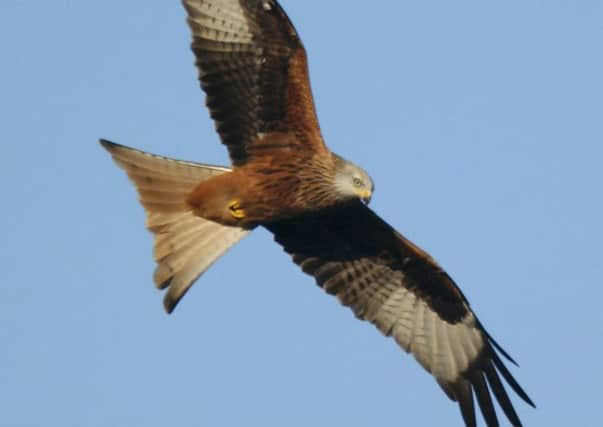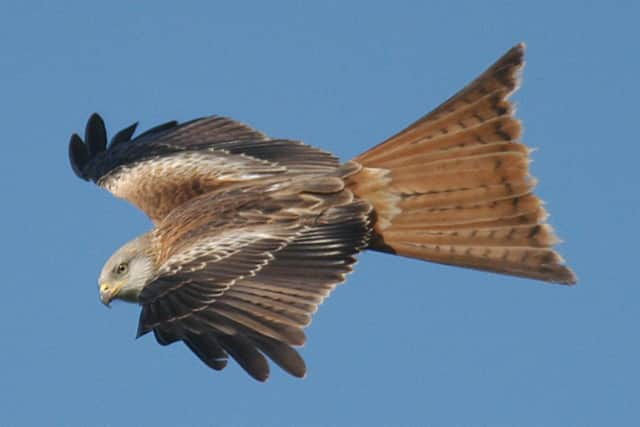Majestic red kites have been flying high above the Chilterns for 25 years, thanks to a pioneering conservation project...


This year marks a quarter-century since the start of one of the most successful conservation projects ever carried out in the UK – and it took place on our doorstep in the Chiltern Hills.
It is now 25 years since majestic bird of prey the red kite was reintroduced to the area as part of a programme to conserve the country’s native species, which had been almost wiped out over centuries.
Advertisement
Advertisement
On August 1 1989, in a quiet tranquil valley within the Chilterns Area of Outstanding Natural Beauty, five young red kites were released into the wild.


The project was one of the first of its kind in the country, and the people behind it could only hope that the young birds would thrive and breed.
The red kite is unmistakable with its reddish-brown body, angled wings and deeply forked tail. According to the RSPB, it is an ‘Amber List’ species because of its historical decline.
Part of the hawks, vultures and eagles group of birds, or ‘Accipitridae’, the iconic winged creatures feast mainly on carrion and worms, but are opportunistic and will occasionally swoop on small mammals. They commonly live into their teens and can reach as old as 30 in the wild.
Advertisement
Advertisement
As proud members of the Chilterns Conservation Board now know, the project to introduce the iconic creatures could not have been a greater success. The Board itself was set up following the passing of the Countryside and Rights of Way Act to conservehe natural beauty and increase awareness of the Chilterns.
It also aims to foster the social and economic well being of local communities, and is supported by all local authorities in the area and by Natural England, The National Trust and The Chiltern Society.
Over the following five years, the Board helped to release another 88 red kites into the Chilterns with English Nature and the RSPB.
With a few exceptions, the young birds thrived in their new home and started breeding.
Advertisement
Advertisement
The population has steadily built up ever since, gradually spreading out from the release point. Now, 25 years year on, the beautiful birds are an incredibly common sight in the skies above Hertfordshire and beyond.
There are so many now it is impossible to know their exact numbers, but they are spread across large parts of Hertfordshire, Oxfordshire, Buckinghamshire and Berkshire.
Cathy Rose of the Chilterns Conservation Board said: “The Chilterns was picked as the first site for re-introducing kites in England because there is plenty of natural food for them to scavenge and places to nest in here.
“It is also nationally-protected as an Area of Outstanding Natural Beauty. It wasn’t a certainty though that the project would be a success, so it is absolutely fantastic that the kites have done so well.”
Advertisement
Advertisement
The Area of Outstanding Natural Beauty was designated in 1965 and covers 326 square miles stretching from Ozfordshire to Hertfordshire, boasting a resident population of 80,000. It is one of just 38 such areas in England and Wales.
The RSPB’s senior nature policy officer Neil Douglas said of the kites programme: “The Chilterns reintroduction has been fantastically successful in bringing red kites back from the brink.
“Previously driven to extinction in England, it is heartening to see these impressive birds become a popular spectacle and well-loved feature of our landscape.”
Kites have thrived so strongly in the Chilterns that nearly 300 young birds have been taken to start re-introduction schemes in other parts of the UK, including Gateshead and Yorkshire.
Advertisement
Advertisement
Partly due to the success of the programme, there are now an estimated 1,600 breeding pairs in the country, and they can be spotted all year round.
Find out more about the Chilterns’ kites at chilterns aonb.org/red-kites